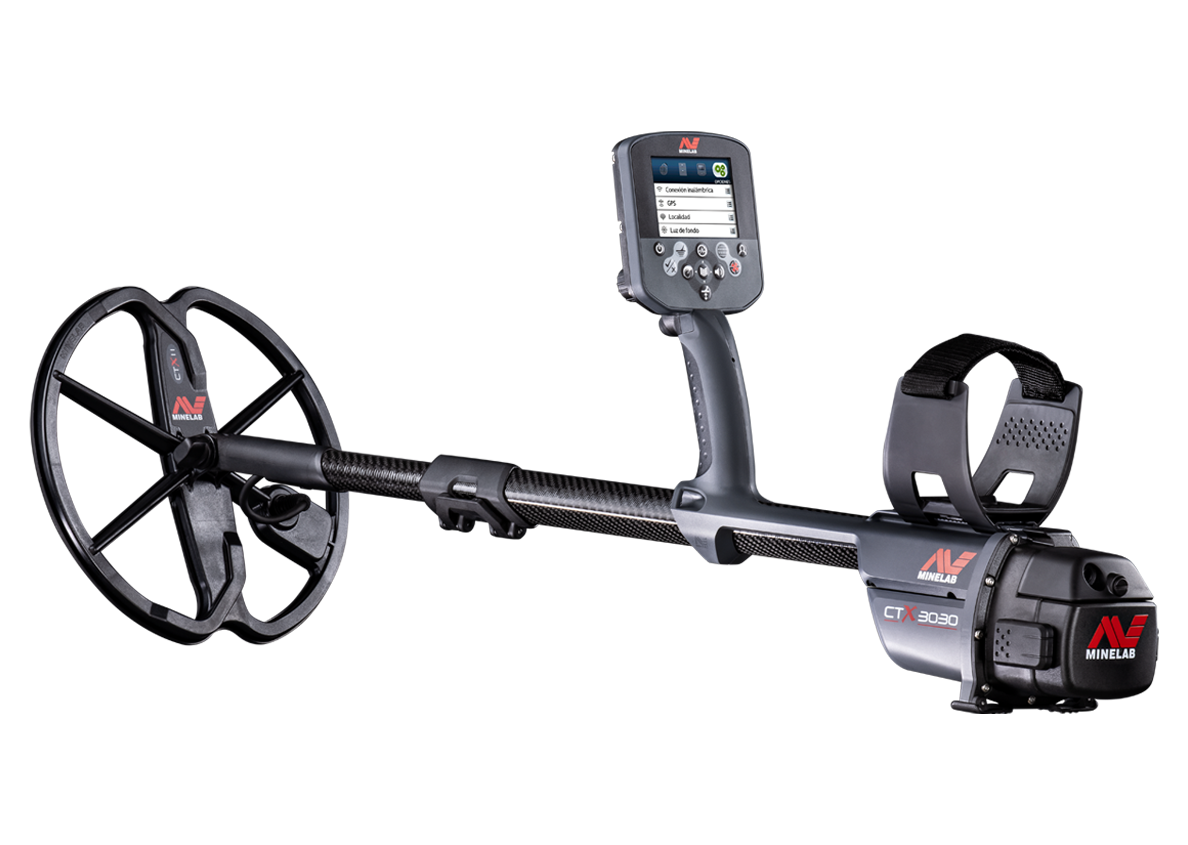The 4th Royal Irish Dragoon Guards, the 5th Dragoon Guards, the 7th Dragoon Guards and the 6th Inniskilling Dragoons. All four were raised between 1685 and 1689, during the protracted contest between James II and William of Orange for the English throne. Both the 4th and 5th Dragoon Guards were formed in 1685 from Troops of Horse raised by James II to defend London from the invasion. The Regiments originally known as Arrans Horse and Shrewsburys Horse, taking the names from their Commanding Officers, as was the custom in those times. In the event, these Regiments, together with the rest of Jamess Army, refused to support him and he fled to France, abandoning the throne to William of Orange. The next year, he landed in Ireland. Only Carrickfergus, Londonderry and Enniskillen held out against him. The town of Enniskillen raised three Regiments from Protestants who had taken refuge there. One of these was Conynghams Dragoons, which became the 6th Inniskilling Dragoons. On 11th June 1690, King William himself landed at Carrickfergus with a Protestant Army, which included both the 4th and 5th Dragoon Guards, and on the 1st July that year, all three Regiments fought side by side at the Battle of the Boyne. James was defeated and returned to France. Within a few years the 5th Dragoon Guards, embarked for Holland and Marlboroughs famous campaigns; both Regiments (4th & 5th) earned honours side by side at Blenheim, Ramillies, Malplaquet and Oudenarde, as well as the celebrated cavalry action at Elixem in 1705 where the 5th Dragoon Guards (Princess Charlotte of Wales’) captured Standards from the Bavarian Horse Grenadiers. 1701 - 1715 at Blenheim, Ramallies, Oudenarde, Malplaquet, during the War of the Spanish Succession 1793 - 1802, Beaumont, during the French revolution. 1808 - 1814, Salamanca, Vittoria, Toulouse, during the Peninsula War 1854 - 1855, Balaclava, Sebastopol, during the Crimean War 1899 - 1902, Defence of Ladysmith during the Boer War 1914 - 1918, Mons, le Cateau, Marne, Messines 1914, Ypres 1914, 1915, Bellewaarde, Somme 1916, 1918, Cambrai 1917, 1918, Ameiens, and Mons. during the First World War. The regiment was awarded one Victoria Cross, won by Second Lt J Norwood, at Ladysmith during the Boer War. 1899.
Carl – England, UK




















